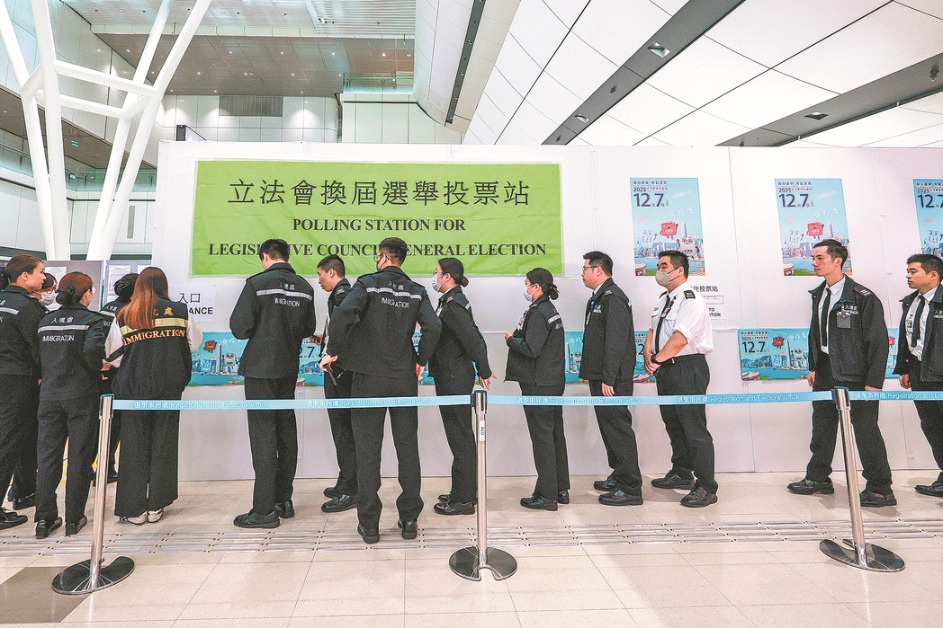Shenzhen leads in innovation, automation
By CHENG YU and PEI PEI in Shenzhen, Guangdong | China Daily | Updated: 2020-08-26 09:45

Its R&D center in Edinburgh, Scotland, for example, can help expand the company's global footprint and reinforce its leadership position in the design of next generation sound-system solutions.
Companies like Zowee and AAC are representative of a group of Shenzhen-based companies that have transformed from manufacturing-only to high-tech companies that own proprietary technologies.
As a pioneer in the reform and opening-up drive, Shenzhen used to rely on the processing trade. After enjoying a high economic growth rate of nearly 40 percent annually from the 1980s to the early 1990s, Shenzhen-due to limited land resources and rising labor costs-gradually turned its focus to developing high value-added industries such as IT, biotechnology, new materials and high-end equipment manufacturing.
Now it has become a magnet for technology startups and serves as headquarters for famous high-tech companies such as Huawei, Tencent and one of the world's largest drone makers-DJI.
"While other regions are also competing to become the front-runner, you must think outside the box," said Wang Weizhong, Party secretary of Shenzhen. "We should not just focus on the 1,997 square kilometers of Shenzhen. We must look at Shenzhen from a broader view."
The local government aims to build Shenzhen into a core engine, in terms of both technology innovation and financial support, driving development of the Guangdong-Hong Kong-Macao Greater Bay Area and, by 2035, into a global technology innovation hub.
The Greater Bay Area is part of the central authorities' mega-plan for coordinated regional development, along with the Beijing-Tianjin-Hebei region and the Yangtze River Economic Belt. The Greater Bay Area consists of 11 cities and regions with a combined population of 67 million.
While local companies are striving for higher development, changes in the international trade environment have placed some pressure on firms like Sunwoda, a local provider of lithium batteries, as its export business accounts for a large proportion of total sales.
However, Liang Rui, vice-president of Sunwoda, said that China has launched policies in support of the manufacturing industry, which has allowed Sunwoda to access more funds and boost resilience.
"The government's policy of reducing taxes has helped the company save a total of 10 million yuan since the beginning of this year," Liang said.
In the first half, Sunwoda's battery business had gained traction with eight new models being added to its national promotion catalog. "While we are keeping our business stable, we are also considering offering a hand to small and medium-sized enterprises," he added.
Therefore, Sunwoda is developing a third-party financial platform to help finance SMEs. It only takes an hour to complete risk assessment for loans to SMEs, which has greatly alleviated financing problems for SMEs.
"The country's IT sector also continued to develop because leading companies in the sector have made remarkable efforts in driving the development of upstream and downstream SMEs," Qiao from the ministry said.
With local electronic companies and related industrial chains maintaining stability, foreign tech giants are showing strong confidence in continuing to develop in the nation.
"Though faced with changing economic uncertainties and the pandemic, Dell insisted on our aim of 'in China and for China' to make contributions to the nation's IT sector," said Huang Chenhong, global vice-president of US tech giant Dell Technologies and president of Dell China.
Huang said that Dell is encouraged by the country's efforts in driving new infrastructure and believes that the scale of investment in new infrastructure such as big data centers and 5G will bring new momentum to the country's economic development.
Dell has poured on average $33 billion into China each year since 2015. It has two global service centers, three factories, eight R&D centers, and 12,500 staff in China, and performs 64,000 hours of charity work per year, he added.
























